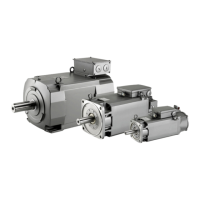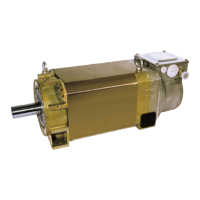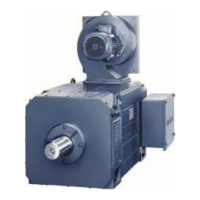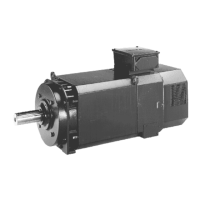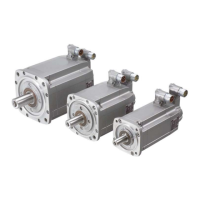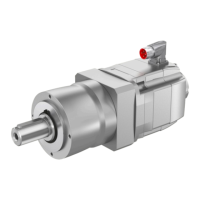Service Instructions NFF Stromag Dessau
IP 66 safety in motion
Electromagnetic Double Face Spring – Applied Brake 01.06.2009
13
7.3 Duty cycle, switching frequency
The design as well as admissible loads on brakes as per braking torque, speed,
switching capacity are given under „Technical Data“ (see Chapter 1) and the
dimensional drawing (appendix). If any of these data are exceeded consult the
manufacturer.
7.4 Trouble shooting (individual parts with Item-No. see chapter 4)
Störungen Mögliche Ursachen Erforderliche Maßnahmen
Insufficient braking
effect
Friction surfaces are not free from
grease
Max. Air gap “off” exceeded due to
wear of friction lining
Brake not completely run-in
Brake has been overloaded
Spring rupture
replace friction disc (2)
re-adjust brake (chapter 8.3.), if
necessary replace friction disc (2)
Let brake run in
Replace brake
Dismantling of brake contact
manufacturer
No braking effect Manual release (4) has been
actuated and not re-set
See Chapter 4.3
Brake does not release Max. Air gap „off“ too large due to
wear of friction lining
Friction disc (2) is stuck on pinion
(15)
Armature disc (10) distorted
Coil connecting voltage too low
Coil defective
Feed line defective
Contact points loose
foreign particles in the air gap (e.g.
spring rupture)
Re-adjust brake (chapter 8.3.) if
necessary replace friction disc (2)
Replace friction disc (2) and pinion (15)
(chapter 8.4.)
Replace brake (chapter 5)
Check DC voltage supply
Replace brake (chapter 5)
Renew feed line
Re-tighten contact points
Dismantling of brake, contact
manufacturer
when micro switch is
used:
No operational switch
indication
Armature plate is not being
attracted against the coil body
because of:
- max. air gap has been exceeded
- foreign particles in the air gap
Re-adjust brake (chapter 8.3.) if
necessary replace friction disc (2)
Check position of micro switch under
consideration of adjustment procedure of
micro switch
Dismantle and clean the brake
154

